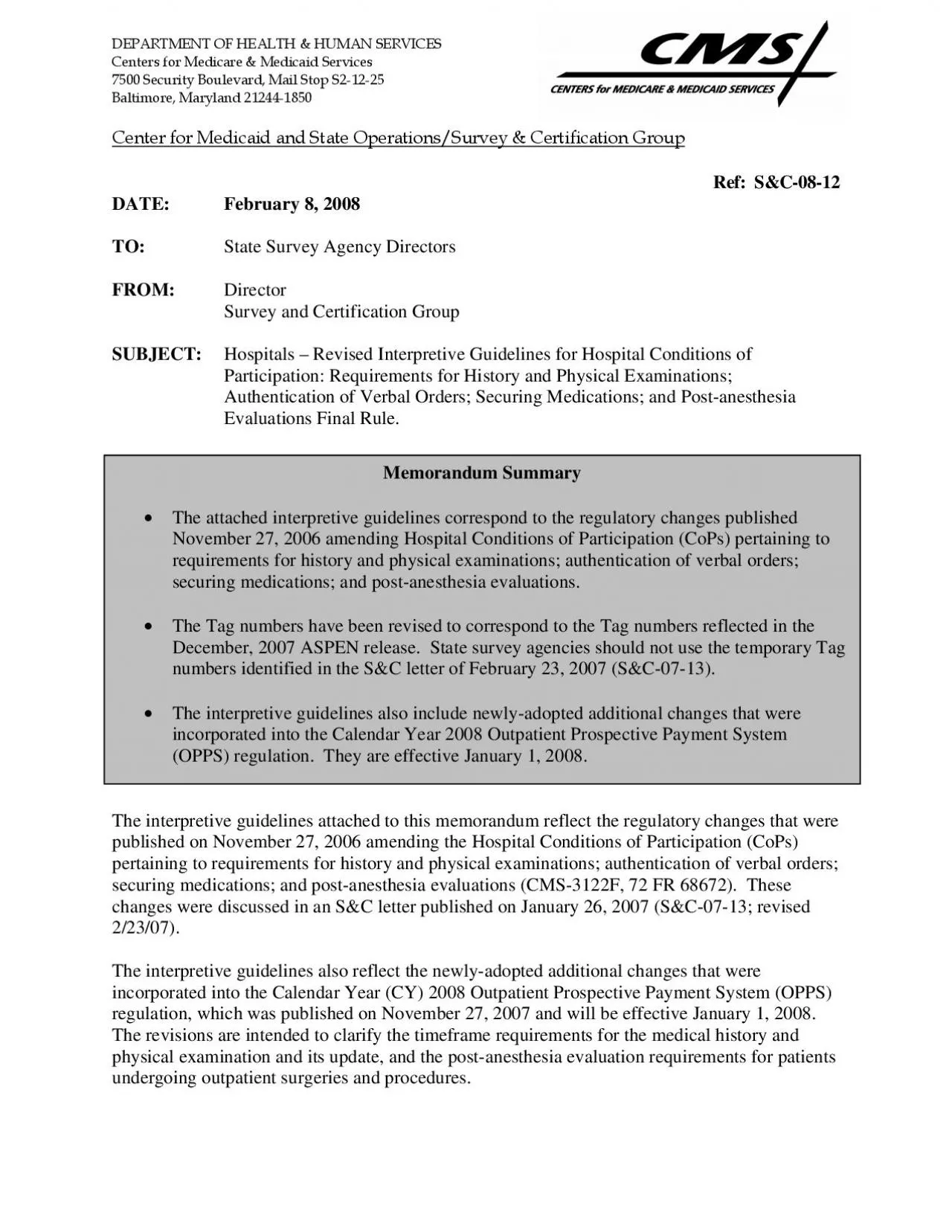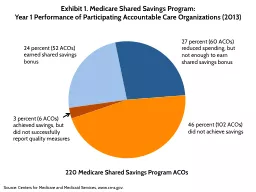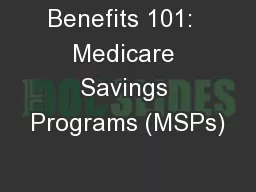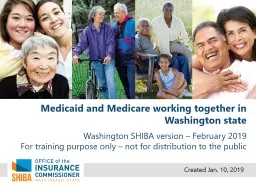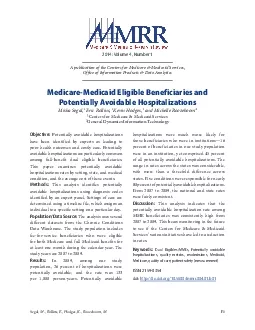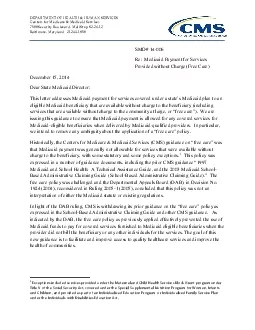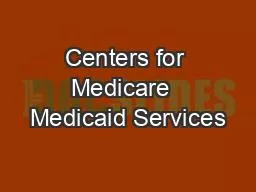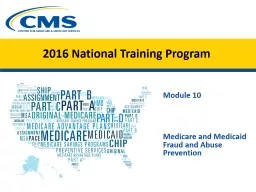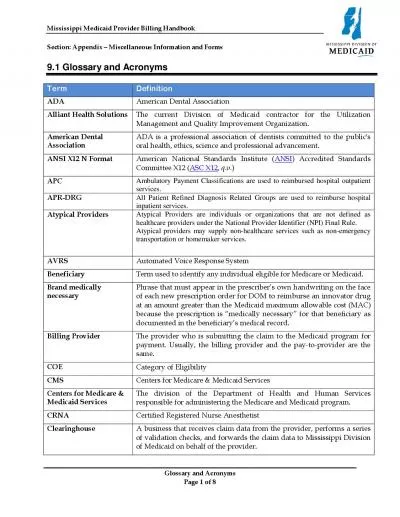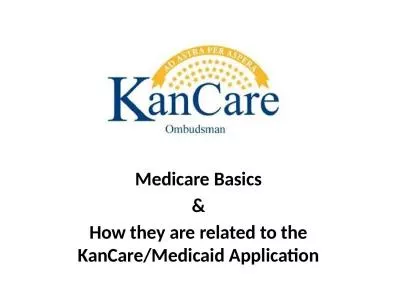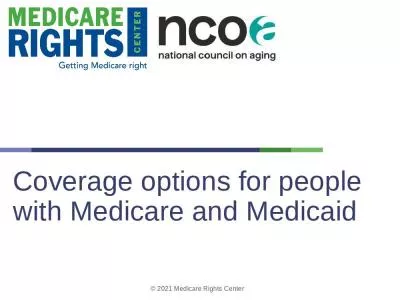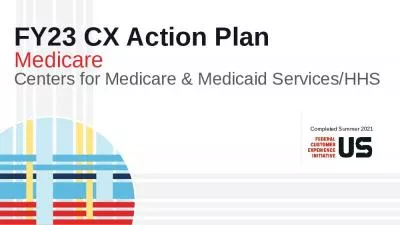PDF-HUMAN SERVICES Centers for Medicare Medicaid Services 7500 Securit
Author : singh | Published Date : 2022-10-12
Ref SC0812 DATE February 8 2008 State Survey Agency Directors Director Hospitals 150 Revised Interpretive Guidelines for Hospital Conditions of Participation Requirements
Presentation Embed Code
Download Presentation
Download Presentation The PPT/PDF document "HUMAN SERVICES Centers for Medicare Med..." is the property of its rightful owner. Permission is granted to download and print the materials on this website for personal, non-commercial use only, and to display it on your personal computer provided you do not modify the materials and that you retain all copyright notices contained in the materials. By downloading content from our website, you accept the terms of this agreement.
HUMAN SERVICES Centers for Medicare Medicaid Services 7500 Securit: Transcript
Download Rules Of Document
"HUMAN SERVICES Centers for Medicare Medicaid Services 7500 Securit"The content belongs to its owner. You may download and print it for personal use, without modification, and keep all copyright notices. By downloading, you agree to these terms.
Related Documents

